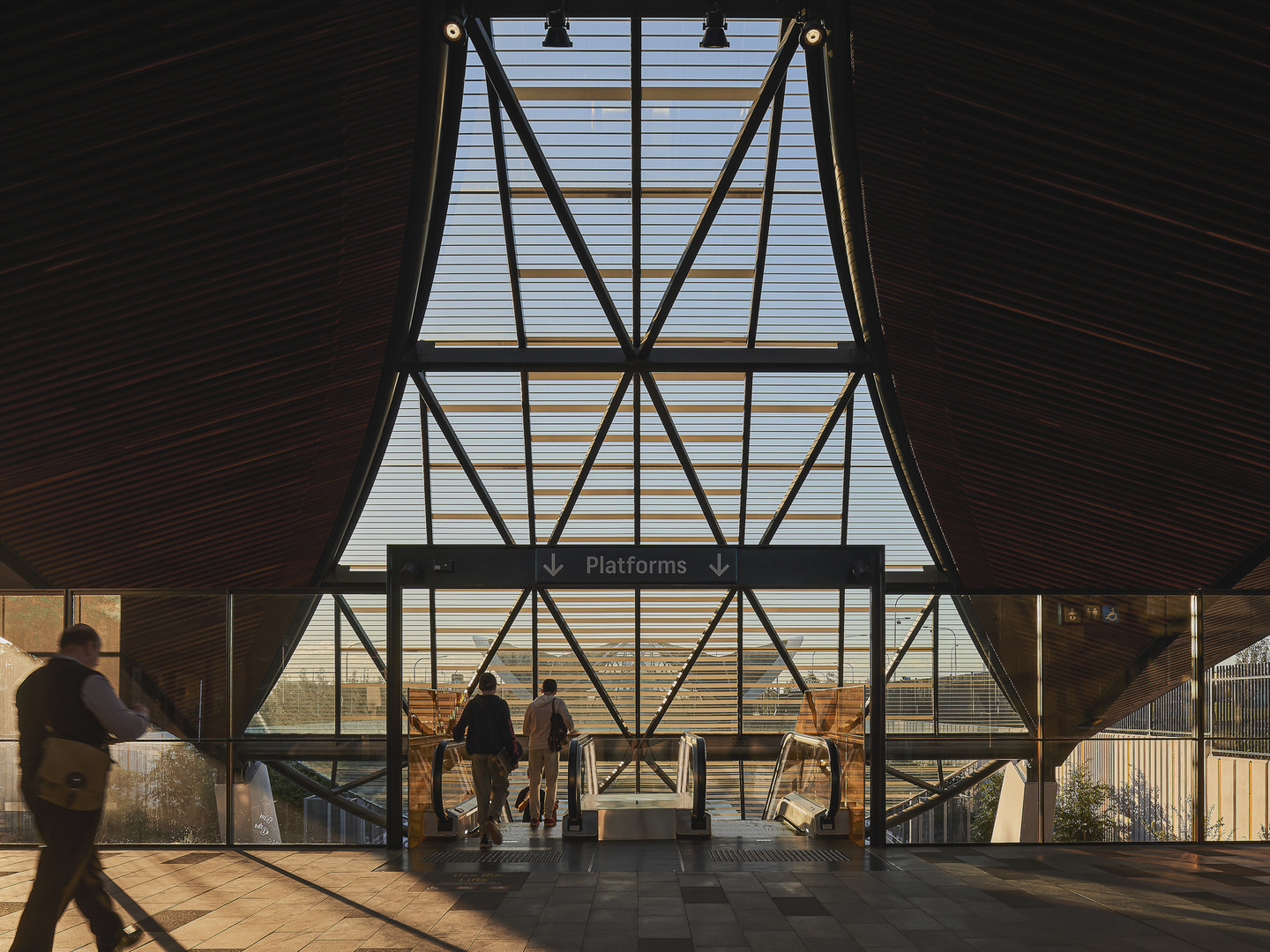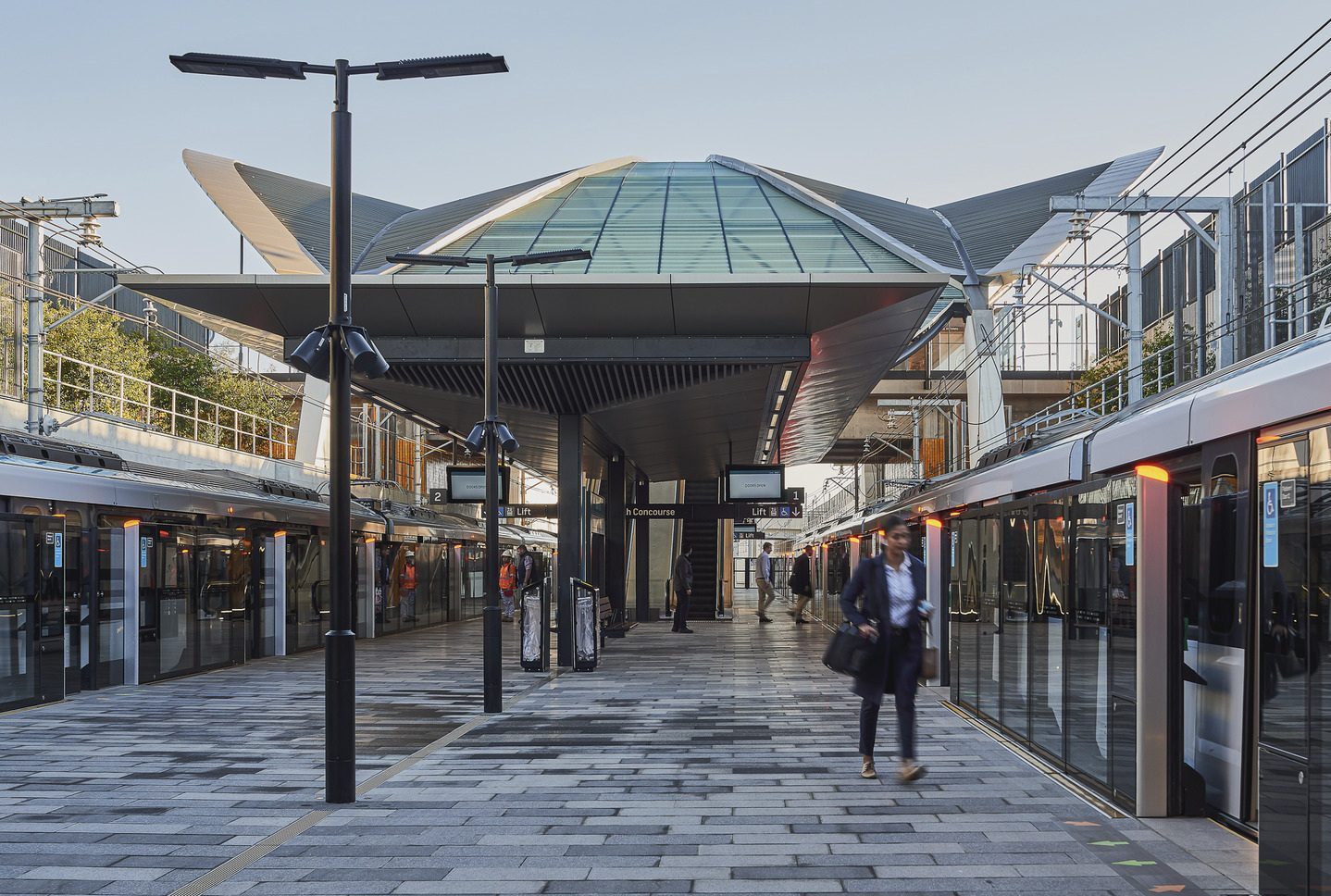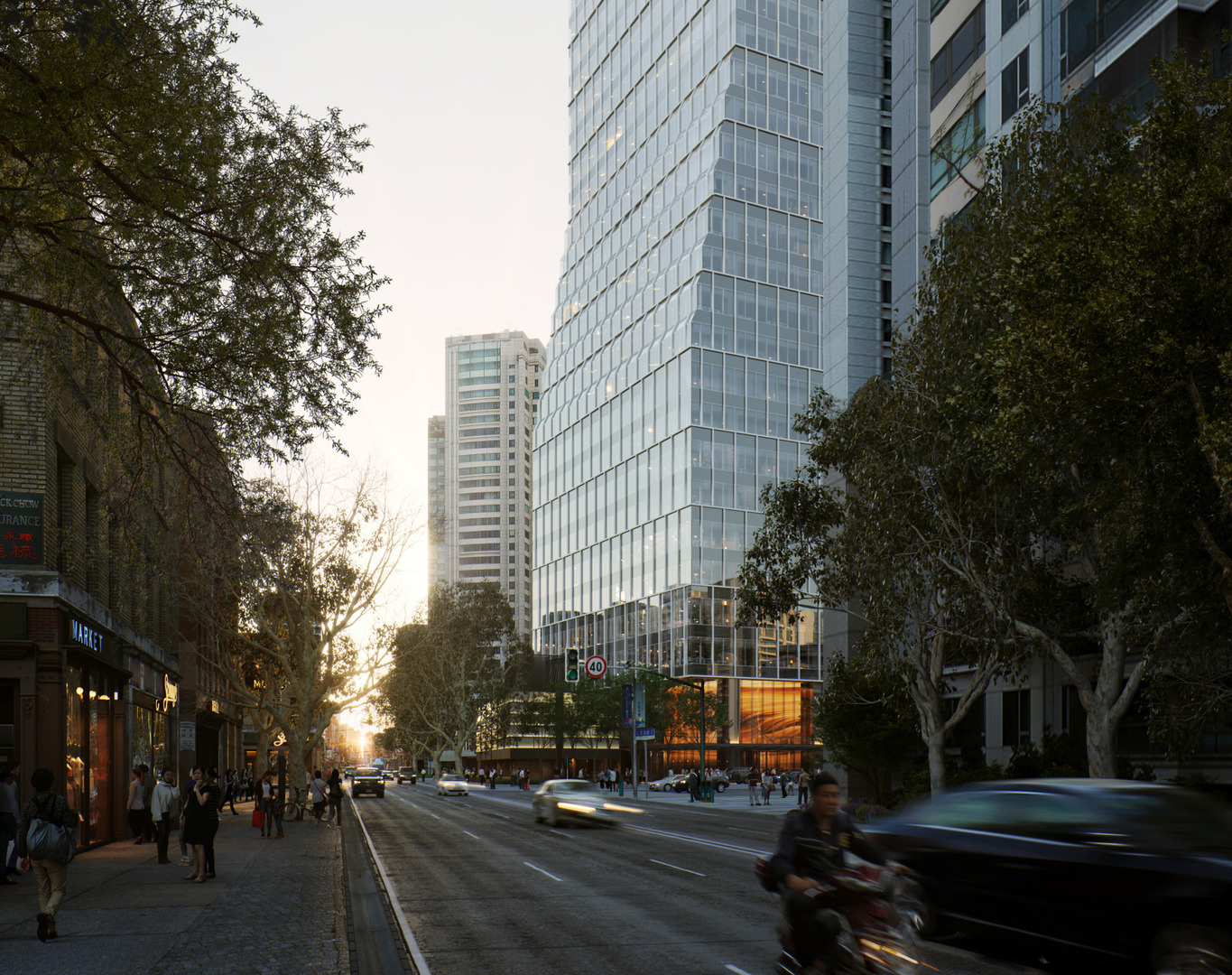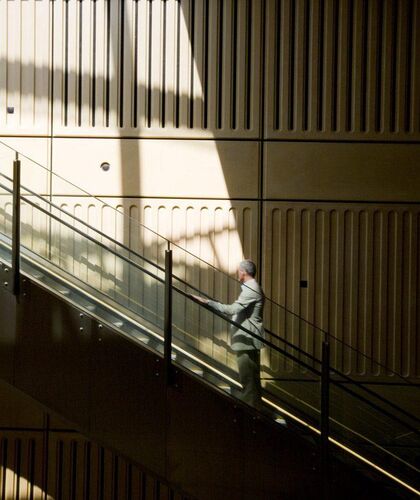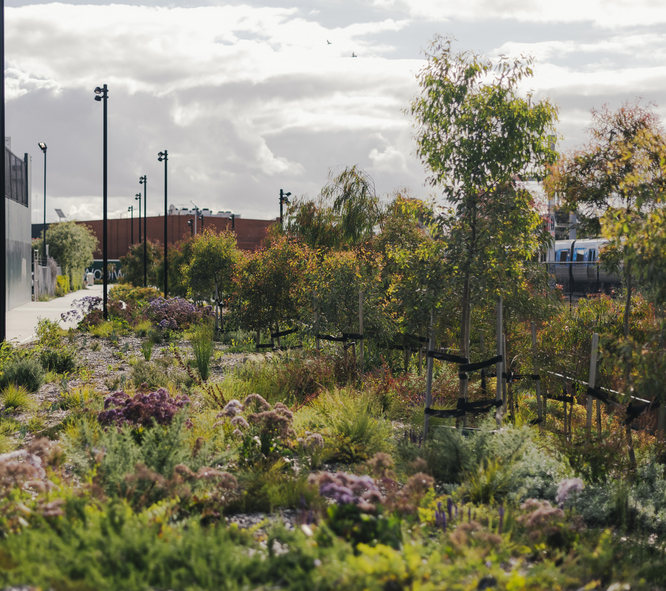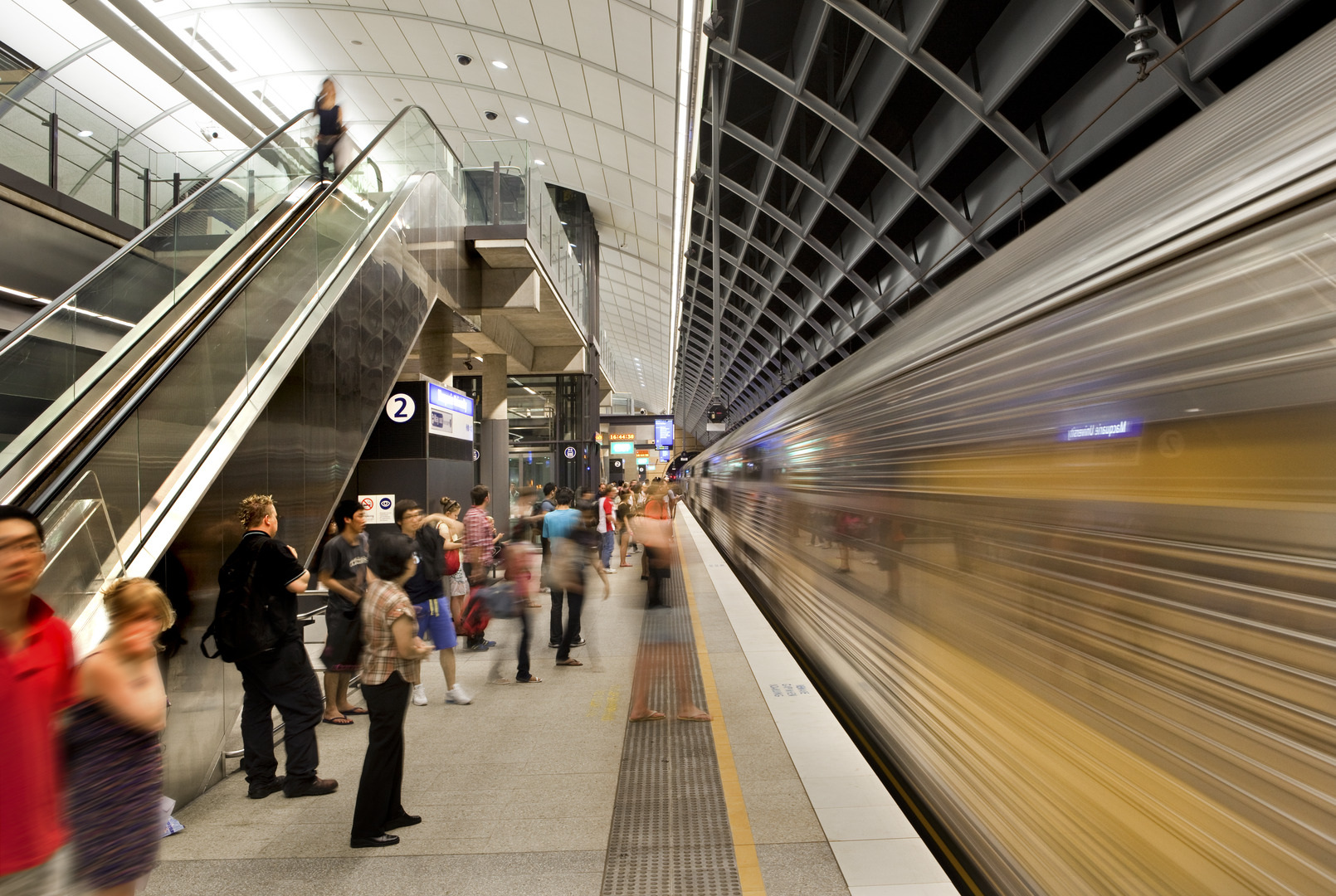References
[1] McCarthy, A., Ahearne, A., Bohle-Carbonell, K., Ó Síocháin, T., & Frost, D. (2020) Remote Working During COVID-19: Ireland’s National Survey Initial Report. Galway, Ireland: NUI Galway Whitaker Institute & Western Development Commission.
[2] McCarthy, A., Ó Síocháin, T., & Frost, D. (2022) Remote Working in Ireland: 2022 National Survey Findings [Survey report]. Galway, Ireland: NUI Galway Whitaker Institute & Western Development Commission.
[3] Wingard, J. (2020, February 14) Loneliness Is Crippling Workplace Productivity: Here’s The Leadership Prescription. Forbes.
[4] Andrews, M. (2019) Bar Talk: Informal Social Interactions, Alcohol Prohibition, and Invention. Entrepreneurship & Law eJournal.
[5] Worried About Returning to the Office. (2022, March). Kornferry.com. https://www.kornferry.com/insights/this-week-in-leadership/dragged-back-to-the-office?utm_campaign=03-03-22-twil&utm_source=marketo&utm_medium=email&mkt_tok=NDk0LVZVQy00ODIAAAGC7fzgFe4AVCVmzROuTCRH2BmxP9V3V1HRNfrFrv30VtLw9WLdrD8OGuk1Af9P5XHgQBX3ZIReGIWAdgtlU5Z9D4KZpTWFzpFANYY2xsIQiKWG_cA
[6] Barrero, J., Bloom, N., & Davis, S. (2022). SWAA March 2022 Updates. WFH Research. https://wfhresearch.com/wp-content/uploads/2022/03/WFHResearch_updates_March2022.pdf
[7] Watkins, H. (2020, August 17). The Problem Isn’t The Office – It’s The Commute. Hubble. https://hubblehq.com/blog/impact-of-commute-time-on-work-preferences
[8] Skopeliti, C. & Obordo, R. (2021, August 28). “I’m utterly sick of it”: UK workers on the return of the commute. The Guardian. https://www.theguardian.com/uk-news/2021/aug/28/seven-uk-workers-talk-about-travelling-work-commute-covid-pandemic
[9] Hodgson, J. (2023, May 22). Companies pick office locations for most “pain-free” commute. Yahoo.com. https://uk.style.yahoo.com/companies-pick-office-locations-most-084148492.html?guce_referrer=aHR0cHM6Ly93d3cuZ29vZ2xlLmNvbS8&guce_referrer_sig=AQAAABnvqLdEQnnlm2mDyc8LVkh_BMBvtHu-KhyAuVjZFLMnLs3f4juu2eC5ZC0v-tj9mIGYjmzCJEEWcUVYrQFJdezLC11UjI-NJZ9_3DD6pcBCQ6IlRrS_LZdAjsPwnCyjwZuGCAMTyD39E_w3IzOWIfepfsw1SVmSdz9Uy3g2l8Ah&guccounter=2
[10] Real Insurance. (2022). The commute is back – and the cost of commuting is high. Real Insurance. https://www.realinsurance.com.au/news-views/the-real-australian-commute-report
[11] Wang, Y., Liu, Y., Cui, W., Tang, J., Zhang, H., Walston, D., & Zhang, D. (2021, May). Returning to the office during the COVID-19 pandemic recovery: Early indicators from China. In Extended abstracts of the 2021 CHI conference on human factors in computing systems (pp. 1-6). https://dl.acm.org/doi/abs/10.1145/3411763.3451685
[12] Watkins, H. (2020, August 17). The Problem Isn’t The Office – It’s The Commute. Hubble. https://hubblehq.com/blog/impact-of-commute-time-on-work-preferences
[13] Pladson, K. (2022, August 30). Did Germany’s 9-euro train and bus ticket pay off? Dw.com; Deutsche Welle. https://www.dw.com/en/9-euro-ticket-germany-winds-down-experiment-with-low-cost-train-travel/a-62962871
[14] Posaner, J., Wilhelmine Preussen, & Gehrke, L. (2022, August 24). Last call for Germany’s €9 ticket to ride. POLITICO; POLITICO. https://www.politico.eu/article/germany-9-euro-ticket-train-public-transport/#:~:text=Germany’s%20Federal%20Statistical%20Office%20says,period%20in%20pre%2DCOVID%202019.
[15] Dell’Olio, L., Ibeas, A., & Cecin, P. (2011). The quality of service desired by public transport users. Transport Policy, 18(1), 217-227. https://www.sciencedirect.com/science/article/pii/S0967070X10001009#aep-abstract-id12
[16] Based on 130km roundtrip determined by Google Maps and emissions per km of 1.4L petrol Audi A3 Saloon, from Petrol Saloon cars running costs. (2017). Sust-It - Simply Efficient Shopping. https://www.sust-it.net/miles-per-gallon-mpg-fuel-efficient-cars.php?type=saloon&fuel=petrol
[17] Petrol: €12.48 (based on €1.60/litre price, economy of 6L/100km and 130km roundtrip) M3 toll: €3 (€1.50 each way) Tax: €0.55 (daily rate based on 2023 NEDC 111-120 category [€200/annum]), from Motor Tax Rates in Ireland (2022, December 3). Money Guide Ireland. https://www.moneyguideireland.com/car-tax-increases-in-budget-2012.html) Insurance €2.33 (daily rate based on 2022 national average for comprehensive insurance [€865/annum]), from Switcher.ie. (2023, April 27). How to pick the right type of car insurance. Switcher.ie; Switcher.ie. https://switcher.ie/car-insurance/car-insurance-types/
[18] Comparable journey from Newbridge to Dublin Heuston takes 21 minutes (~41km). 30 minutes figure is based on a theoretical direct rail link from Navan to Dublin Conolly 50km in total distance. Citation for Newbridge-Dublin train: Newbridge, Co. Kildare. Routes Services: Dublin Heuston-Waterford. (2023) Irish Rail. https://www.irishrail.ie/en-ie/station/newbridge
[19] Comparable Newbridge-Dublin Heuston return journey costs €16.90 for an adult, with plans to extend the ‘short hop’ zone to include Newbridge – return trip cost with a travel card would be reduced to €7.60. References: Dublin Waterford Rail Fares (2023). Irish Rail. https://www.irishrail.ie/en-ie/rail-fares-and-tickets/fares-info/dublin-waterford Newbridge and Kildare to be included in new Dublin Commuter Zone. (2023, May). Kildare Nationalist.
[20] Based on theoretical 100km roundtrip train journey from Navan to Dublin Connolly at 28g CO2 per passenger km, from Iarnród Éireann Sustainability Strategy 2021-2030 (2021). Iarnród Éireann/Irish Rail. https://www.irishrail.ie/Admin/getmedia/d1d7a060-deee-40db-9a79-36f2de480161/IE-SustainabilitIE.pdf
